
 Lindemann's
Lindemann's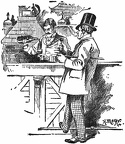 Harvey’s 'Wayside Inn"
Harvey’s 'Wayside Inn"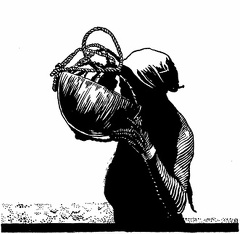 African drinking
African drinking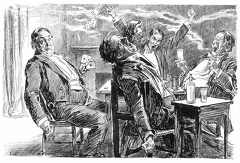 Studies in Expression
Studies in Expression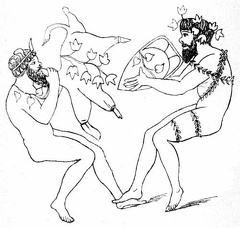 Etruscan mode of drinking
Etruscan mode of drinking Hittite God
Hittite God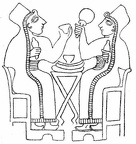 Hittite ladies drinking
Hittite ladies drinking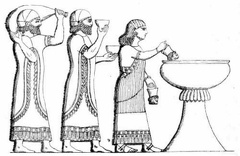 Filling the wine cups at a feast
Filling the wine cups at a feast Assyrians drinking
Assyrians drinking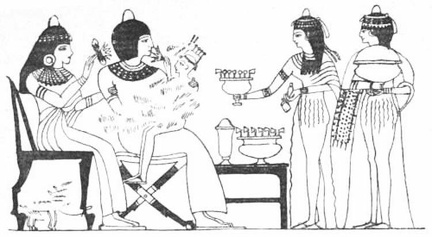 Egyptians’ Early Use of Wine
Egyptians’ Early Use of Wine Drinking Tea
Drinking Tea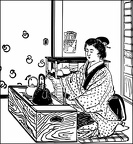 A Sitting-room
A Sitting-room Man drinking
Man drinking Two old ladies preparing a cup of tea
Two old ladies preparing a cup of tea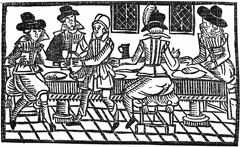 Alehouse
Alehouse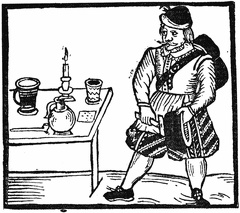 Man at Alehouse
Man at Alehouse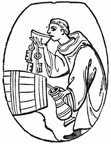 Is it in Condition
Is it in Condition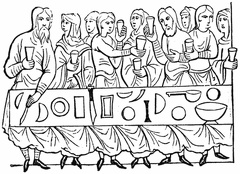 Health-Drinking
Health-Drinking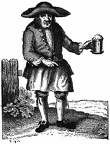 Cornelius Caton
Cornelius Caton Cakes and Ale.
Cakes and Ale.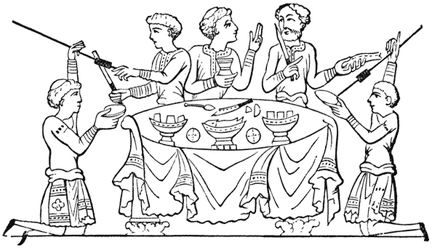 Anglo-Saxons Feasting and Health-Drinking
Anglo-Saxons Feasting and Health-Drinking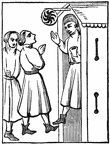 Ancient Alehouse
Ancient Alehouse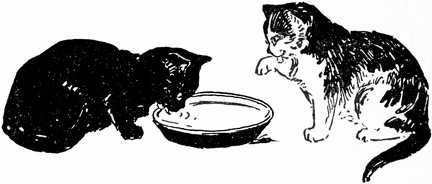 Kittens drinking
Kittens drinking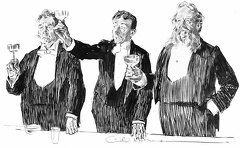 [he Queen
[he Queen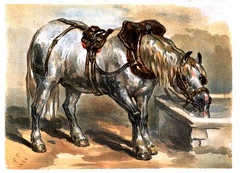 Horse drinking
Horse drinking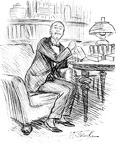 Filling Up
Filling Up Great Drinkers of the North
Great Drinkers of the North The London Coffee Stall
The London Coffee Stall



